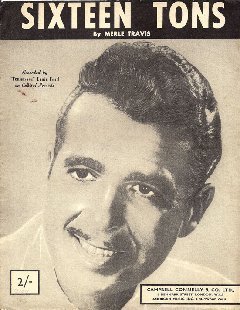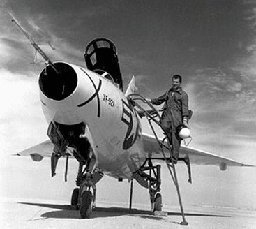A sombrero (Spanish for 'hat', lit. 'shadower'; Spanish: [somˈbɾeɾo]) is a type of wide-brimmed Mexican men's hat used to shield the face and eyes from the sun. It usually has a high, pointed crown; an extra-wide brim (broad enough to cast a shadow over the head, neck, and shoulders of the wearer) that is slightly upturned at the edge; and a chin strap to hold it in place.
In Mexico, this hat type is known as a sombrero de charro ("charro hat", referring to the traditional Mexican horsemen). In Spanish, any wide-brimmed hat may be considered a sombrero.
Design
Sombreros, like cowboy hats, were designed in response to the demands of the physical environment. The concept of a broad-brimmed hat worn by a rider on horseback can be seen as far back as the Mongolian horsemen of the 13th century, and in the Greek petasos two millennia before that. In hot, sunny climates hats often have evolved wide brims. The exact origin of the Mexican sombrero is unknown, but it is usually accepted that the hat originated with mestizo cowboys in Central Mexico. Although sombrero is usually taken to refer to the traditional Mexican headwear, the term sombrero predates this item of clothing, and has been applied to several differing styles of hat. Other types of hats known as sombrero can be found in South America and Spain, including the sombrero calañés, sombrero cordobés and sombrero de catite (Spain), and sombrero vueltiao (Colombia).
Cultural influence
Many early Texan cowboys adopted the Spanish and Mexican sombrero with its flat crown and wide, flat brim. Also called the poblano, these hats came from Spain.
The Mexican variation of the sombrero added an even wider brim and a high, conical crown. These are the hats worn by mariachi musicians and charros. Both types of sombreros usually include a barboquejo or chin strap.
In the Western United States, the sombrero had a high conical or cylindrical crown with a saucer-shaped brim, highly embroidered and made of plush felt.
In the Philippines, due to the influence from Spain brought about by the Manila galleon trade, the term has been assimilated into the Tagalog language in the form of sumbrero and now refers to any hat – from Mexican sombreros (as used in the English language) to baseball caps.
The galaxy Messier 104 is known as the Sombrero Galaxy due to its appearance. Similarly, Tampa Stadium was also known as "The Big Sombrero".
- SERVES
- 8
- CHILL TIME
- 1 Hr
- COOK TIME
- 10 Min
Do you ever mix fruit into your pasta salad? It can be pretty tasty! Our Citrus Twist Pasta is full of bright and citrusy flavors, thanks to the addition of mandarin oranges and creamy yogurt. Give this a try and fall in love with something new!
- 1 pound tri-colored twist pasta
- 1 (8-ounce) container lemon-flavored yogurt
- 1 (8-ounce) container orange-flavored yogurt
- 1 teaspoon salt
- 1/2 teaspoon black pepper
- 2 cups fresh baby spinach, washed
- 2 (11-ounce) cans mandarin oranges, drained
- Cook pasta according to package directions; drain, rinse, drain again and allow to cool slightly.
- In a large bowl, combine lemon and orange yogurts, salt, and pepper; mix well. Add pasta and mix well, then add spinach and oranges, mixing until thoroughly combined.
- Cover and chill at least 1 hour before serving.
And births this date include....






















No comments:
Post a Comment